arnica (lat. Arnica montana) is a medicinal plant that has been known for a long time. Some know it better under the name Bergwohlverleih.
Occurrence and cultivation of arnica
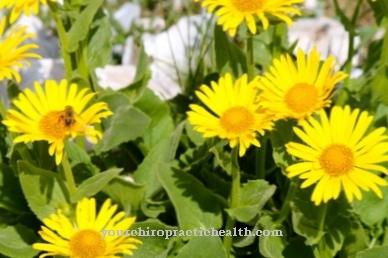
arnica prefers to grow in the mountains above 800 meters and gets along very well even in nutrient-poor soils.
You can find arnica in the Alps, Pyrenees, the Balkans as well as in southern Scandinavia and the Baltic States. But arnica can also be seen in the Thuringian Forest.
Arnica is a sunflower and grows up to half a meter high. The plant blooms in June and July, often also in August.
The flowers are bright yellow. Since arnica is very rare and is on the list of endangered species, the aromatic plant is under nature protection.
Effect & application
Unlike other medicinal herbs it was arnica not known in antiquity. Arnica was only used for various complaints from around the 18th century. Meanwhile, arnica has become indispensable in homeopathy.
Even so, orthodox doctors are still arguing about the actual benefits. The flowers and roots of the plant play a special role in its use. Only the flowers and leaves are harvested during flowering. In September and October you can dig up the roots. They are processed into special tinctures. The large-scale cultivation of arnica has not yet been successful. For this reason, only the flowers that occur in the wild are collected for further processing.
Arnica has an anti-inflammatory effect. As a gargle, it helps with inflammation in the mouth and throat. Arnica tincture compresses relieve swelling and pain. Ointments that contain the active ingredient arnica play a major role in strains, contusions, muscle and joint pain.
As a further external application, arnica is also available as a bath additive. Internal applications should be handled with extreme caution. Arnica has a very strong effect on the heart and circulation. Every application should therefore be discussed with a doctor to be on the safe side.
For this reason, many teas containing arnica have been withdrawn from the market in the past. The earlier use of arnica in snuff is also uncommon.
Importance to health
arnica Proven to improve wound healing. Arnica - in good doses - is said to have a positive influence on diseases of the cardiovascular system. For example, a patient with low blood pressure can drink a little from the boiled brew from the arnica roots right after getting up.
But caution is advised. Arnica is very powerful. Therefore, it should only be taken internally after consulting a doctor. Arnica can quickly lead to poisoning. They manifest themselves in nausea and vomiting as well as damage to the stomach and intestines or even the heart. In addition, some people are allergic to the plant. Arnica must also not be used for all injuries.
The positive effect has been proven for blunt injuries (muscle contusions), strains and bruises with the formation of a bruise. Here e.g. fresh leaves are placed on the bruise. However, arnica must not get into an open wound.
After surgery, especially on the teeth, arnica can also be useful. It is not recommended to use arnica before operations. The risk of complications should be avoided. Arnica is now also indispensable after an insect bite and for rheumatic complaints. It is not for nothing that arnica was nicknamed first aid herb among the people.

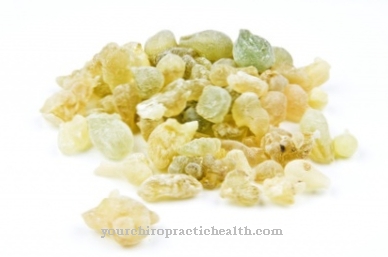

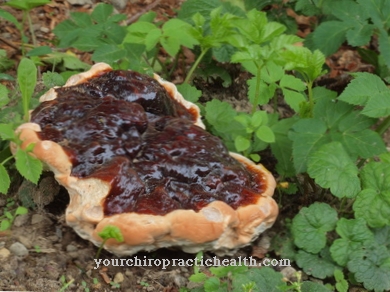
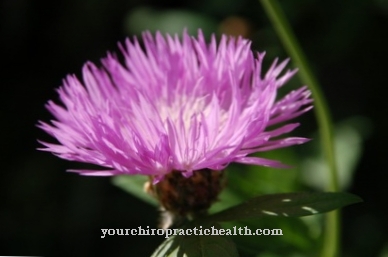
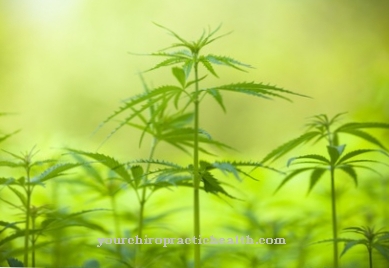
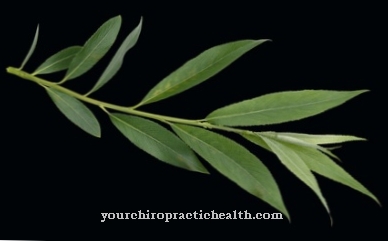







.jpg)













